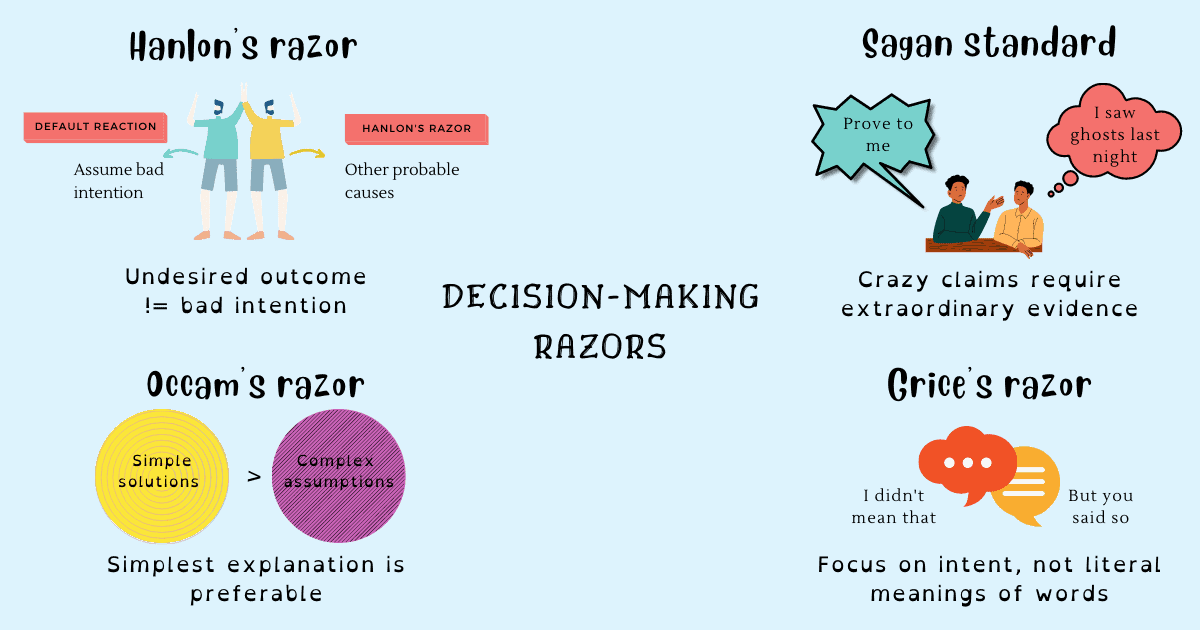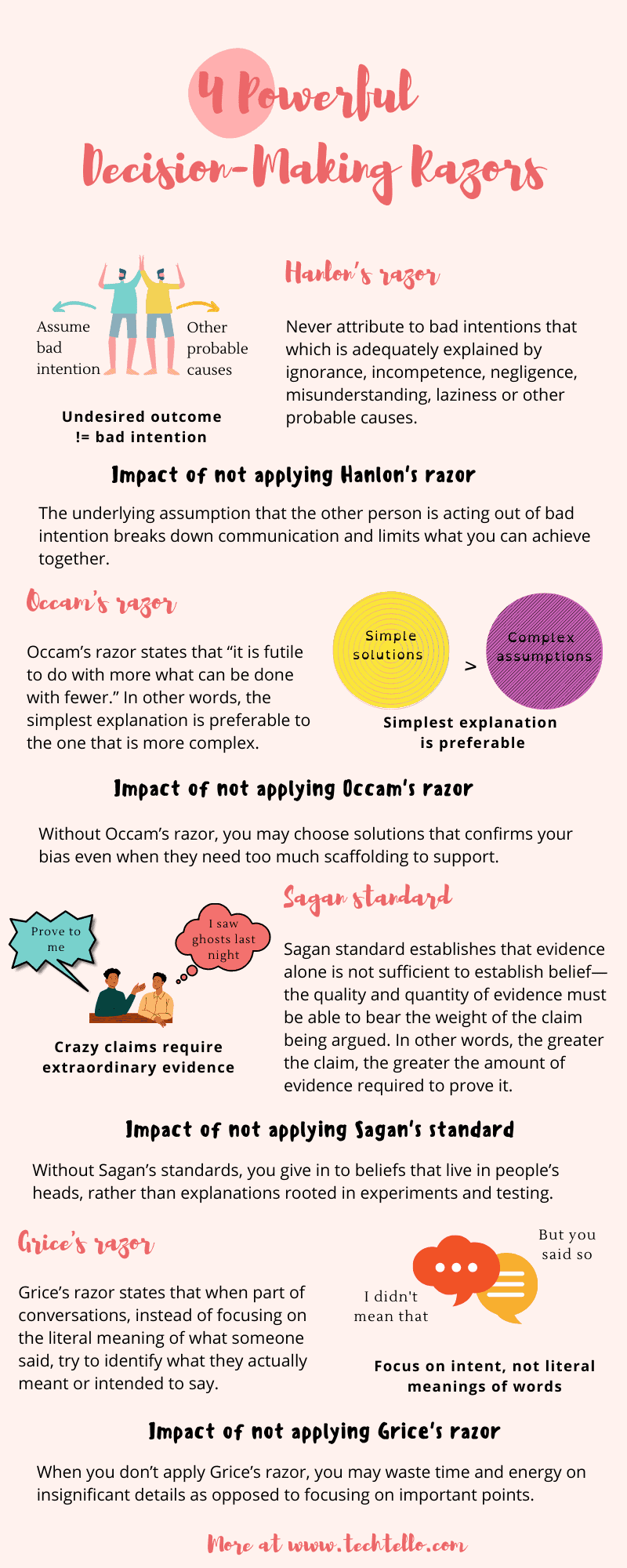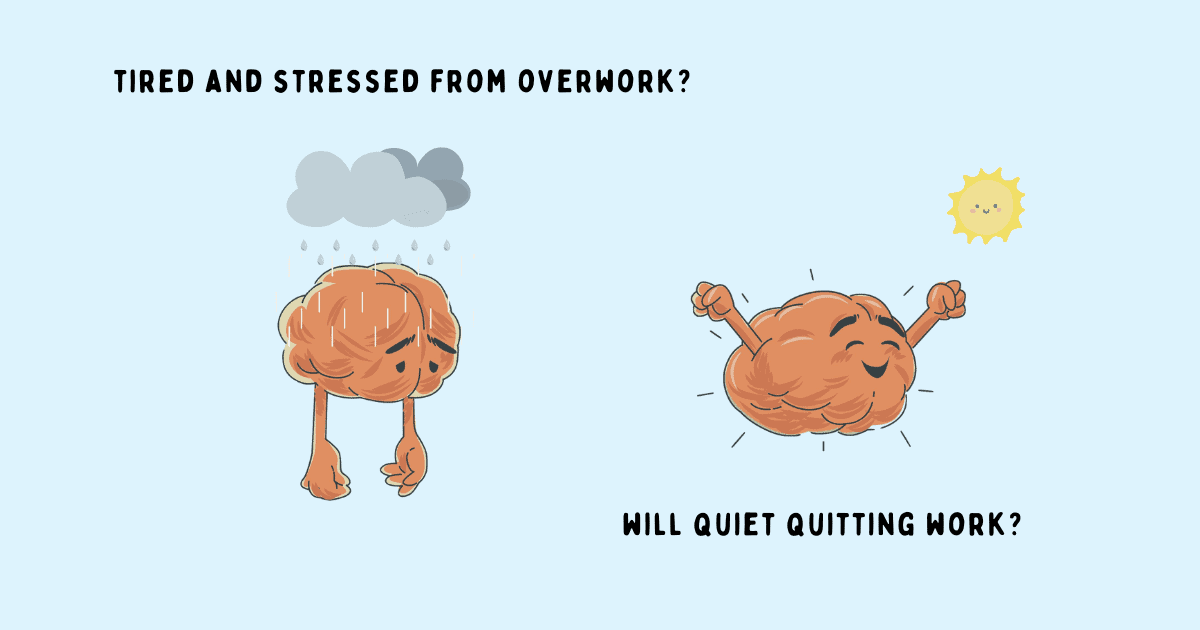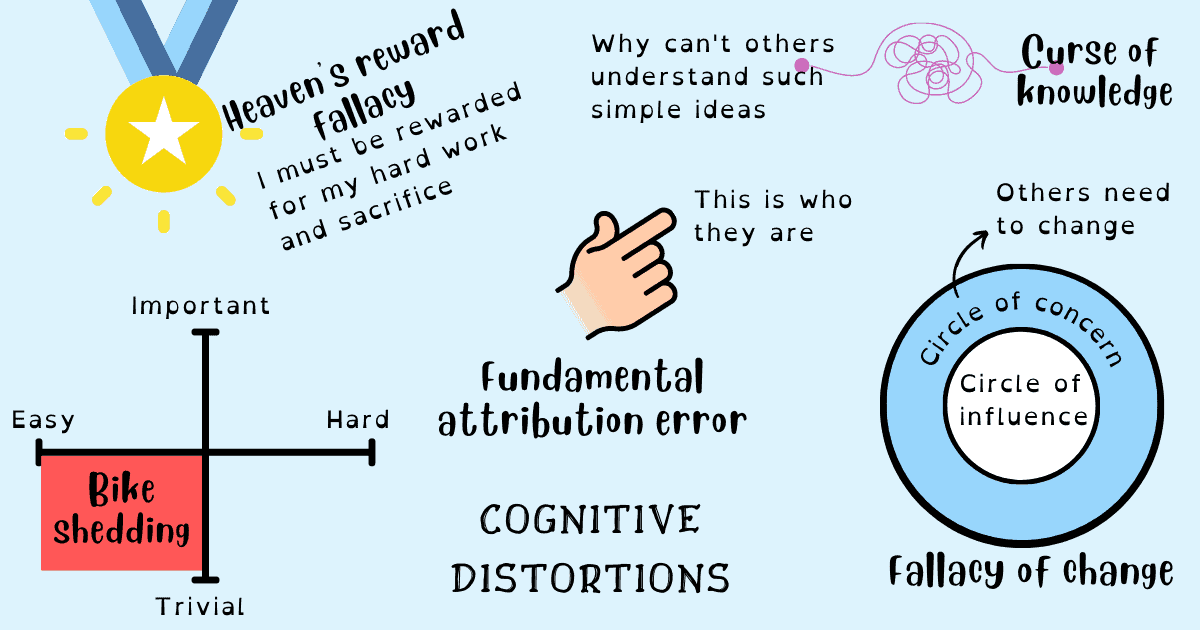The Most Powerful Decision-Making Razors

In philosophy, a razor is a principle or rule of thumb that allows one to eliminate unlikely explanations for a phenomenon, or avoid unnecessary actions.
Philosophical razors in day-to-day life serve as critical thinking tools to eliminate noise, strip away unnecessary parts and better understand the problem at hand thereby enabling you to make better decisions.
Like cognitive biases that lead to thinking errors and arise due to the ability of our mind to apply shortcuts, razors are mental tricks that enable better judgment but aren’t right 100% of the time. When used appropriately though, applying razors can be extremely valuable.
In this article, I’ll cover 4 most powerful razors to help you make better decisions:
- Hanlon’s razor
- Occam’s razor
- Sagan Standard
- Grice’s razor
Let’s explore each.
Hanlon’s razor
Hanlon’s razor is a principle coined by Robert J. Hanlon which states “Never attribute to malice that which is adequately explained by stupidity.”
Over time, I have developed my own version of Hanlon’s razor that I find more relevant to work and life “Never attribute to bad intentions that which is adequately explained by ignorance, incompetence, negligence, misunderstanding, laziness or other probable causes.”
When things don’t go as intended, instead of being curious and trying to learn from the situation, our mind assumes the worst possibility. We see the event unfold a certain way, derive an interpretation and create stories in our minds that conform to our beliefs.
As a species, we are also very unique in associating two completely disconnected stories and finding patterns in events that do not exist. Our tendency to interpret every event as it relates to us creates a distorted version of reality. It makes us assume negative intent when things do not work out even though the outcome may be completely unrelated to us.
Example of Hanlon’s razor
A coworker refusing to help you can be attributed to bad intentions (they don’t want to share knowledge) or another possible explanation can be that they’re swamped with work and cannot take on any more responsibilities.
Your manager canceling a 1-1 meeting can be considered uncaring and rude or a more rational explanation can be that they got called into an urgent meeting at the last minute.
Impact of not applying Hanlon’s razor
The underlying assumption that the other person is acting out of bad intention breaks down communication and limits what you can achieve together—you may distance yourself from others, refuse to collaborate and may even ignore opportunities that benefit you.
As humans are wired to carry the emotional burden of a negative experience much longer than a positive one, not applying Hanlon’s razor can even lead to overthinking which can impact your mental health and personal well-being.
A bit of wisdom called Hanlon’s Razor advises us ‘Never attribute to malice that which can be adequately explained by stupidity.’ I would add a clumsier but more accurate corollary to this: ‘Never attribute to malice or stupidity that which can be explained by moderately rational individuals following incentives in a complex system of interactions.’ People behaving with no central coordination and acting in their own best interest can still create results that appear to some to be clear proof of conspiracy or a plague of ignorance.
—Douglas W Hubbard, Failure of Risk Management
How to apply Hanlon’s razor
- Look beyond your personal narrative.
- Imagine the situation from another person’s perspective.
- Remove yourself from taking on a central position in every act.
- Instead of blaming others for wrongdoing, pause, reflect on the situation and think about other possibilities.
In summary, undesired outcome != bad intention.
Mind Map Templates
Work through complex problems, identify correlations, and see the big picture using these mind map worksheets.
Occam’s razor
Occam’s razor (also called the law of parsimony) is one of the most useful mental models to solve problems which states that “it is futile to do with more what can be done with fewer.” In other words, the simplest explanation is preferable to the one that is more complex.
Simple does not mean ignoring important facts in an attempt to reduce complexity. Rather, it requires open-mindedness to seek a better solution with less complexity and less assumptions and exploring a better way of doing things. Simple explanations may have a higher chance of being correct, but that does not mean you blindly apply this mental model without considering logic, data and other contradicting evidence.
Example of Occam’s razor
A developer can write simple as well as complicated code to achieve the same outcome. However, the code with simplicity always stands out because it’s easier to read, easy to modify with less chances of an error and easy to review. Think of your code deployment process and code review process—can it be simplified?
The same applies to architecture and design choices. A complicated design with more assumptions is not only difficult to implement and test but has more chances of failure and is less maintainable. A simple design that achieves the same outcomes will always be preferred over a more complicated version as it makes less assumptions.
While making a choice to use a particular technology, a developer may be tempted to try new technology with no prior experience, but it’s more rational to use the one with in-house expertise and hence simple to use and apply.
Impact of not applying Occam’s razor
When solving a problem, we are influenced by the ideas that come easily to our minds. Without applying Occam’s razor, we may selectively choose data that confirms our bias and pick solutions that are congruent with those ideas even though they may need too much scaffolding to support.
In product, not applying Occam’s razor can lead to a myriad of features that do not deliver actual value to customers. Rather, they can be a source of distraction and lead to churn. To make a customer stick, companies need to create a differentiating factor that comes from the simplicity of the product by ripping off unnecessary features.
Think about how Google provides search or how Apple designed its products. They shaved off the complexity and un-useful information that does not add value to their users.
How to apply Occam’s razor
- Apply first principles thinking to break down a problem into its most essential elements and then construct a solution from the ground up.
- Use second-order thinking to analyze the impact of your decision on the future. Optimize for long-term gain at the cost of short-term pain.
- Focus on key elements of the problem.
- Eliminate improbable options.
- Pick solutions with less assumptions.
As Ray Dalio says in Principles “Failing to consider second- and third-order consequences is the cause of a lot of painfully bad decisions, and it is especially deadly when the first inferior option confirms your own biases. Never seize on the first available option, no matter how good it seems, before you’ve asked questions and explored.”
In summary, simple solutions > complex assumptions.
Cognitive Distortions Bundle
Challenge and replace irrational thoughts with more realistic and adaptive thoughts.
Sagan standard
The late astronomer Carl Sagan coined an aphorism to deal with grand proposals “Extraordinary claims require extraordinary evidence.” In short, ECREE.
Sagan made the idea popular on his ‘Cosmos’ shows of the 1980s while discussing whether aliens have ever visited Earth “What counts is not what sounds plausible. Not what we’d like to believe. Not what one or two witnesses claim, but only what is supported by hard evidence, rigorously and skeptically examined; extraordinary claims require extraordinary evidence.”
Used as a razor, the Sagan standard establishes that evidence alone is not sufficient to establish belief—the quality and quantity of evidence must be able to bear the weight of the claim being argued. In other words, the greater the claim, the greater the amount of evidence required to prove it.
ECREE can be a useful tool to keep in mind next time you encounter a crazy and outrageous claim—instead of assuming what you see and hear is nothing but the truth and basing your decisions on it, ask for evidence.
Example of Sagan standard
Say your colleague tells you in a meeting that they had excellent sushi last night for dinner. It’s an ordinary claim that requires little or no verifying evidence. You’re most likely to take their word for it or inquire a little about the sushi place, but that’s it. You won’t refute or argue the idea.
However, if they forward you a video that explains how humans will be replaced with robots in the future and strongly support the idea, just a video or their words aren’t sufficient to satisfy the claim. You’ll need strong evidence that supports this outlandish idea.
In another example, your friend claims that they saw a ghost in their apartment last night. Will you buy into it without strong evidence?
Impact of not applying Sagan standard
By not applying Sagan’s standards, you give in to ideas and beliefs that live in people’s heads, rather than explanations rooted in experiments and testing. In product development, not applying Sagan’s standard can lead to bad choices when ideas with big claims are prioritized even though there’s less data to support them.
Both people and businesses need to be careful when it comes to making decisions—what sounds good in theory may not work in reality.
How to apply Sagan’s standard
- Don’t take extraordinary claims for granted. Instead of leaning either way, look for evidence.
- Ask questions to understand the situation or the person claiming a certain thing.
- Use experimentation to validate the hypothesis, theory or a belief.
In summary, don’t mistake crazy claims which make up for good stories with reality and feasibility.
Grice’s Razor
Grice’s razor states that when part of conversations, instead of focusing on the literal meaning of what someone said, try to identify what they actually meant or intended to say. Developed by Paul Grice, a British philosopher of language who developed theories on how language and meaning interact, Grice’s razor requires us to take the context of what’s being said into account instead of focusing on the literal meaning of their words in isolation.
According to Grice, what a speaker means by an utterance can be divided into what the speaker “says” and what the speaker thereby “implicates.” Most people struggle with words or find it hard to express themselves—culture also plays a significant role in it. They may have a great idea but don’t know how to articulate it. In such cases, applying the Grice razor can help you derive meaning from the conversation and have a productive discussion instead of wasting time in futile arguments over what they said or didn’t say.
Conversational implications are to be preferred over semantic context for linguistic explanations.
— Paul Grice
Example of Grice’s razor
Say you have a feedback discussion with your manager and you ask them whether you’ll be promoted next month or not. But instead of a yes or no, they respond with “You’re doing great.” You’re applying Grice’s razor if you interpret their response to mean a ‘yes’ even though they have not directly conveyed it.
In another example: Say you’re on your way to a meeting and see someone else who’s also part of the meeting going the other way. So, you ask “Are you going to join the meeting?” and they reply “Let me get a cup of coffee.” Even though they didn’t say a yes, you can take their response to mean that they would join right after grabbing a cup of coffee.
In day-to-day interactions like these, most of us make assumptions about what someone intended and use Grice’s razor. However, we forget to do the same when encountered with difficult conversations or the ones involving complex problems.
Impact of not applying Grice’s razor
When you don’t apply Grice’s razor, you may waste time and energy on insignificant details as opposed to focusing on important points. Being stuck on what someone said also impacts relationships—others feel attacked, not being heard, which makes them mentally check out from the conversation as opposed to feeling invested in it.
Relying on words as opposed to intent creates a barrier to meaningful discussions—not saying something using the perfect words does not make an idea less worthy or deserving criticism. Good decisions can’t be made if you don’t make an effort to hear what the other person intends to say.
How to apply Grice’s razor
- Don’t go after the literal meaning of words, look beyond words to intent.
- Don’t waste time on semantics or insignificant details, instead focus on the message.
- Listen intently and ask clarifying questions.
In summary, accept imperfect communications and focus on intent.
Summary
- Razors are powerful thinking tools to make better decisions.
- Hanlon’s razor enables you to stop blaming others for wrongdoing by assuming malicious intent, pause, reflect on the situation and think about other possibilities.
- Occam’s razor leads to better solutions by choosing simplicity over complexity—strip away unnecessary elements, make less assumptions and choose simple explanations.
- Sagan’s standard advises you to look for strong evidence when an idea seems crazy or outrageous instead of taking it for granted or assuming it’s true.
- Grice’s razor adds value to conversations by focusing on intent as opposed to the words being used.































You should compile say a poster or learning card deck of all the Razors / Cognitive biases, etc. I’d certainly buy them.
Thanks! Andrew
Thank you Andrew. I will definitely consider them.